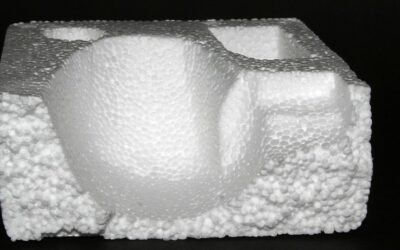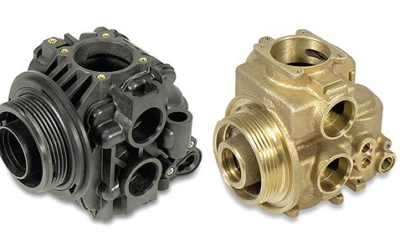It has been clear for a while that there is too much carbon dioxide in Earth’s atmosphere, which contributes greatly to a warming planet, and now scientists have come up with a new plan to deal with all this excess CO2, converting it in plastic.
Plastic itself is not the most environmentally friendly material, but not only does it mean that CO2 becomes useful, it could also reduce the need to produce plastics from fossil fuels, giving us a better chance of reaching targets to limit climate change.
The new approach is the most efficient method scientists have devised to convert carbon dioxide into ethylene, the raw material used to make the most commonly used plastic, polyethylene.
And it offers the possibility of a much closer practical CO2 to plastic conversion system.
“I think the future will be full of technologies that create value from waste,” says lead researcher Phil De Luna, from the University of Toronto in Canada.
“It’s exciting because we are working to develop new and sustainable ways to meet the energy demands of the future.”
The team used an X-ray spectroscopy technique and computer modeling techniques at the Canadian Light Source Facility (CLS) at the University of Saskatchewan, analyzing matter with electromagnetic radiation to identify its key catalyst.
And it was thanks to new equipment developed by CLS senior scientist Tom Regier that the researchers were able to study the shape and chemical environment of the catalyst in real time.
“This has never been done before,” says one of the team members, Rafael Quintero-Bermudez, also from the University of Toronto. “This unique measurement allowed us to explore a host of research questions about how the process is carried out and how it can be designed for improvement.”
“This experiment could not have been done anywhere else in the world, and we are delighted with the results,” adds De Luna.
The catalyst is needed to fuel a carbon dioxide reduction reaction, converting CO2 into other chemicals when struck with an electrical current. While many metals can act as catalysts, we already know that copper is the only one that can produce ethylene.
The researchers worked out how to control the reaction to maximize ethylene production, while waste products such as methane were kept to a minimum.
“Copper is a magical metal,” says De Luna. “It is magical because it can produce many different chemicals, such as methane, ethylene and ethanol, but controlling what it produces is difficult.”
Armed with this new knowledge and a suitable carbon capture technology, we could remove CO2 from the atmosphere and produce plastics in an environmentally friendly way at the same time.
As long as the energy required for conversion can be provided by a renewable source, and the resulting plastics can be reused or recycled later in life, the overall impact should be positive.
With polyethylene production now over 100 million tons per year, we are talking about a huge difference to our planet’s atmosphere. More research is needed to refine the technique, but now we have one of the building blocks.
And what makes the story even more special is that the scientists came close to giving up.
“We were about to give up, but when the results came in, they were so good that we had to sit down,” says Quintero-Bermúdez. “Really beautiful results.”




